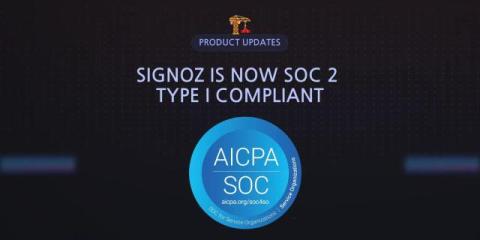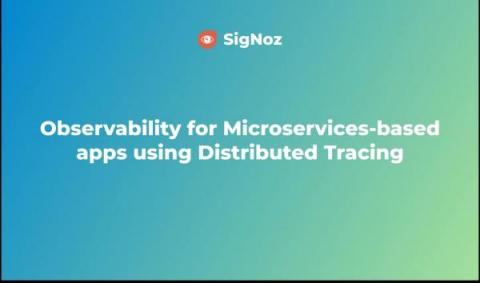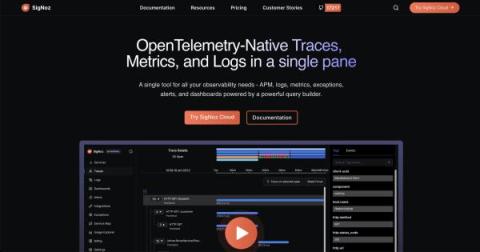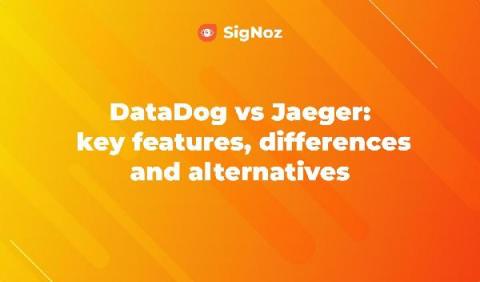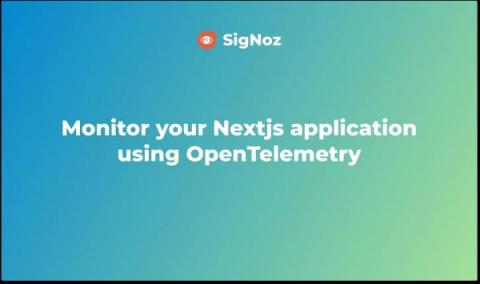Comparing The Top 9 Datadog Alternatives and Competitors in 2024
Are you looking for a DataDog alternative? Then you have come to the right place. In this article, we will go through top 9 DataDog competitors and alternatives. One of the biggest challenge users face with DataDog is its pricing policies. Its complex SKU-based pricing policy leads to unpredictable bills. DataDog is a cloud monitoring software that provides an array of tools for monitoring different aspects of your application and infrastructure.



